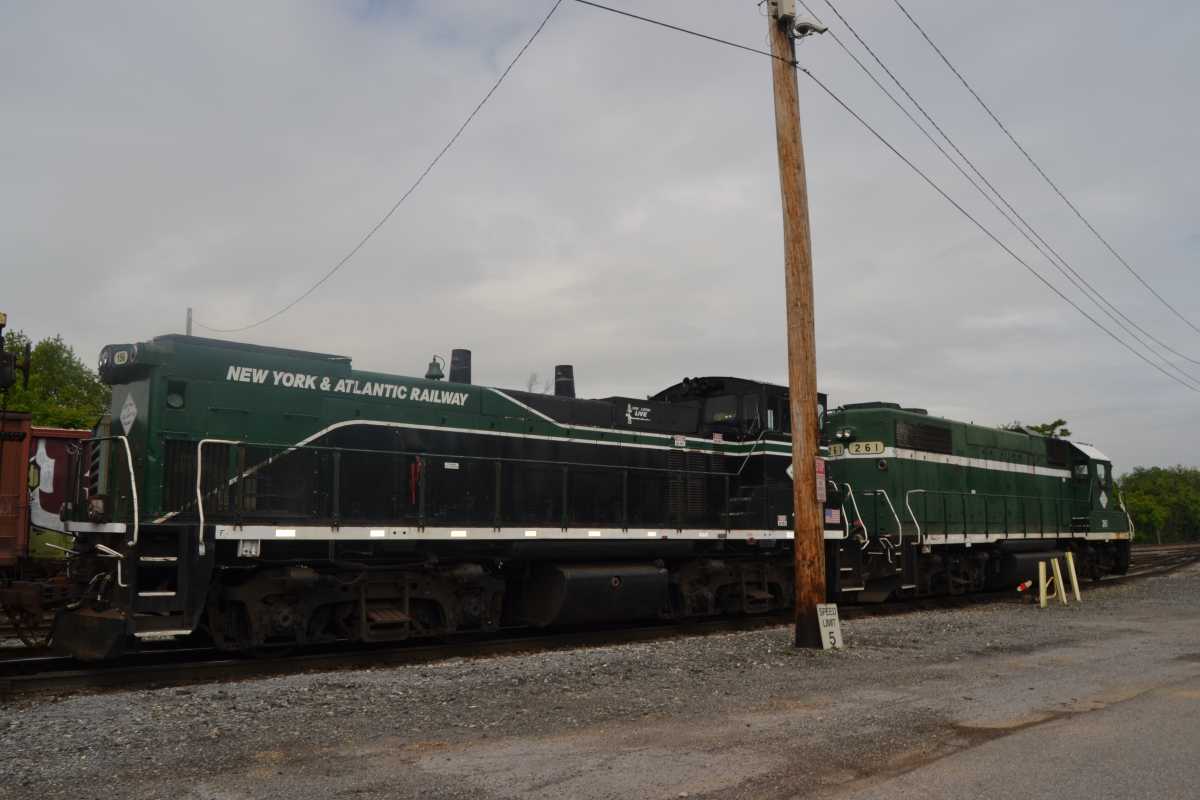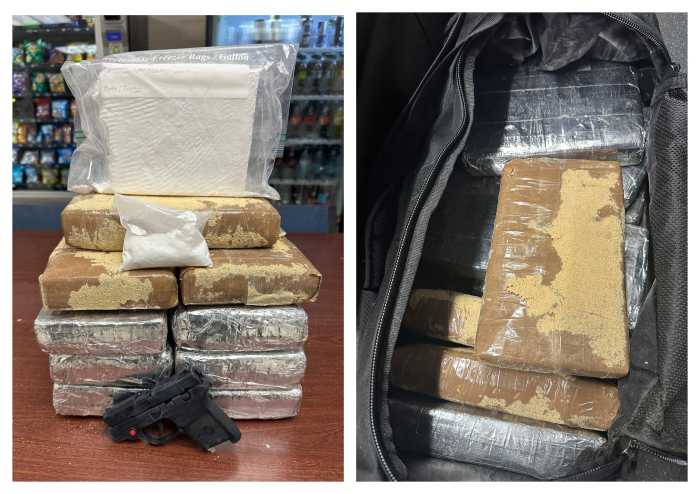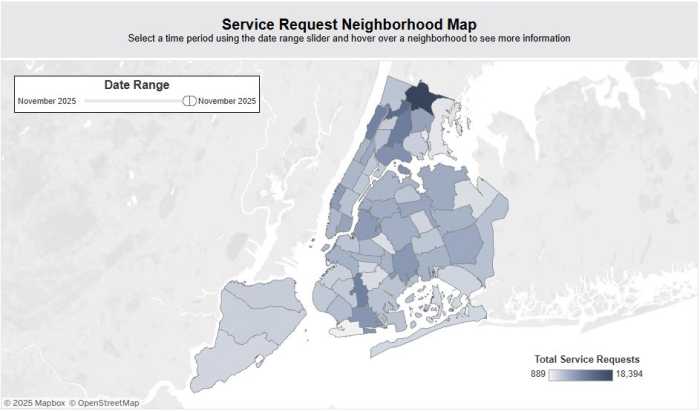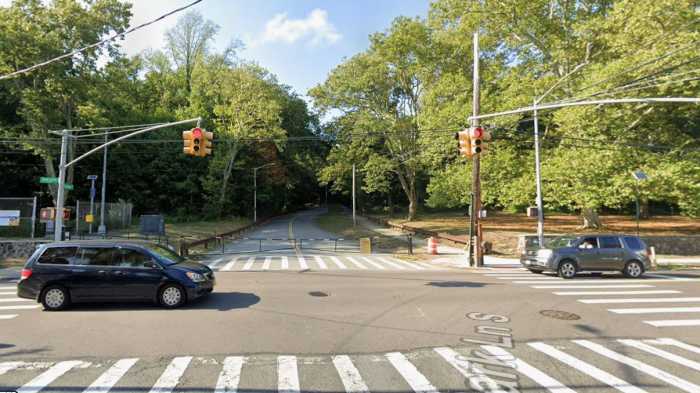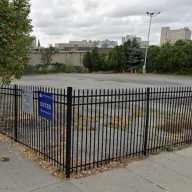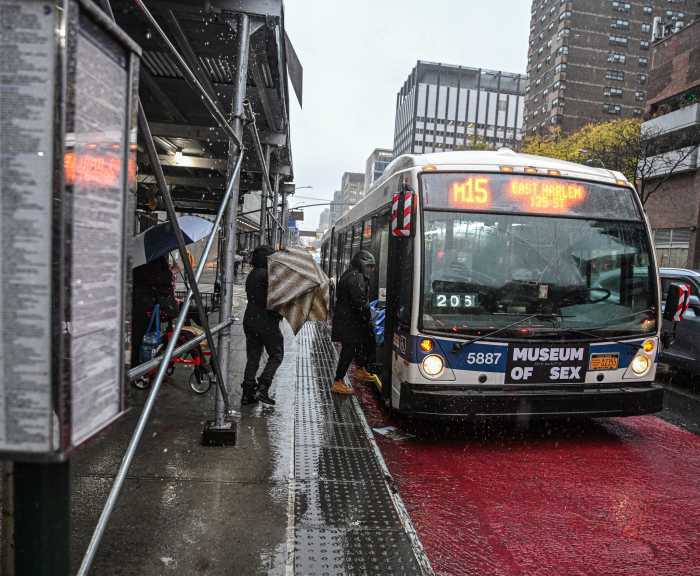After a tumultuous summer with several railroad problems, Civics United for Railroad Environmental Solutions (CURES) is looking for a better and safer way to transport freight by rail through the area.
The civics organization made a presentation at the Ridgewood Property Owners and Civic Association (RPOCA) meeting on Feb. 4, highlighting the need for better safety measures to be implemented on the tracks, cleaner engines, closed-top train cars and cleaner waste management facilities.
Last summer, New York and Atlantic Railway (NYA) was the focus of a Federal Railroad Administration (FRA) safety review after one of their trains sped through an intersection in Maspeth and caused a fiery collision with a tractor-trailer. CURES wants to see the FRA recommendations from the safety sweep incorporated into NYA’s annual safety action plan.
While NYA operates on the tracks at the Fresh Pond Railyard in Glendale, the tracks themselves and the locomotives are owned by the Long Island Rail Road (LIRR).
“The Long Island Rail Road like to say they are out of the freight business, but they really aren’t,” said John Maier, who is a member of both the RPOCA and CURES. “It’s all of their resources. They lease the locomotives … those locomotives are very polluting and actively engaged in adding some detrimental environmental conditions here” in terms of sound pollution and more.
CURES wants to see the LIRR to take a more active role in NYA’s dealings, especially when it comes to procuring new Tier 4 engines.
Tier 4 is a federal level designation on what kind of pollutants a diesel engine can put into the air. Currently, locomotives are outfitted with antiquated engines that meet the standards set by the Environmental Protection Agency (EPA) for 1970s locomotives and continue to give off toxic emissions.
Last year, $3 million was secured in the state budget to outfit one locomotive with a Tier 4 engine. This followed $6 million which was secured in the prior two budgets for the retrofitting of two other engines. None of these new engines have hit the tracks yet.
CURES has also been fighting to get covers for open-top railcars that transport construction and demolition debris to prevent the sometimes hazardous materials from polluting the air.
“These cars are open containers, so [they are] basically open to the elements,” Maier said. “If it rains, they’re just like a giant teapot, stewing with all kinds of vectors like mosquitoes and flies.”
Not only are open-top railcars a concern, the open facilities where the trains go to collect and drop off the waste need to be improved, according to CURES.
CURES would like to see New York State regulate these facilities and mandate that they are four-sided, closed buildings where potentially harmful debris cannot escape, and make sure that the waste is put into lidded cars before being sent through the communities.
“That’s what we’re trying to emphasize: the fact that the MTA and LIRR really needs to take ownership of this and become more active players and responsible for all that’s happening with their railroad,” Maier said.

